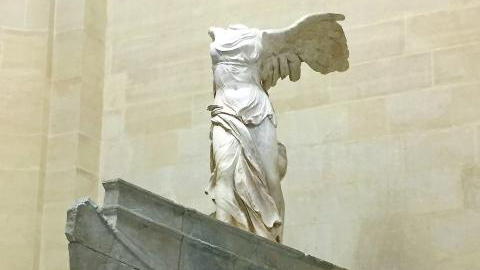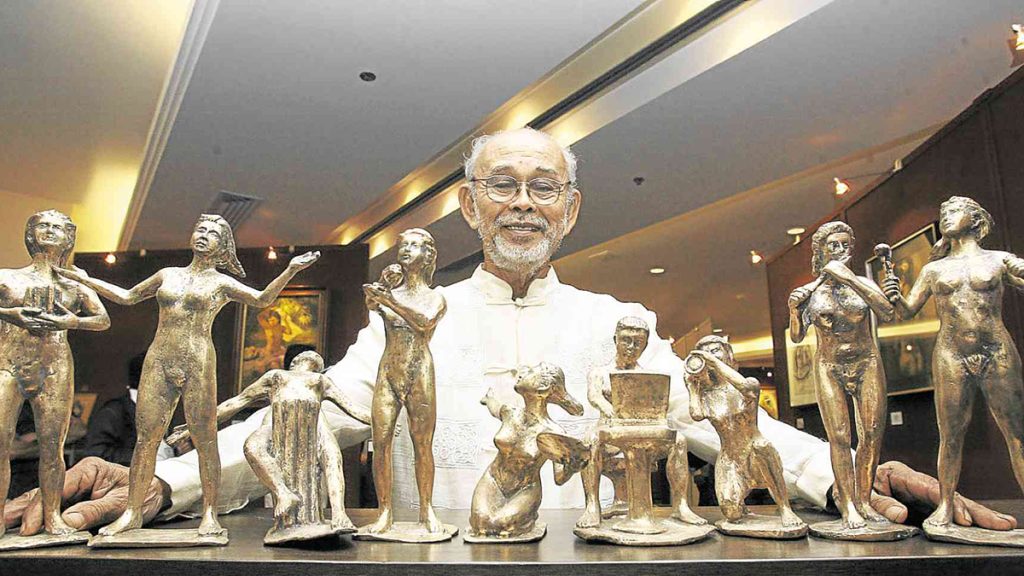Introduction
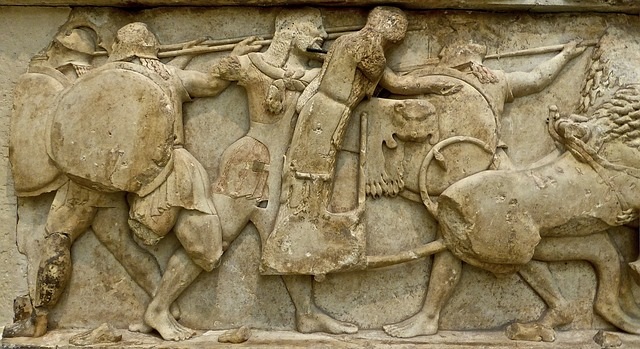
Relief sculpture is a unique and ancient art form known for its three-dimensional and lifelike expression. From ancient civilization to modern art, relief sculpture has always been an important medium for human expression of ideas, stories, and aesthetic values. This article will introduce the history, technology, and influence of relief sculpture, showcasing the infinite charm of this magnificent art form.
The History
The relief sculpture originated from the ancient civilization, which can traced back to the civilization of Mesopotamia and Ancient Egypt around 3000 BC. In ancient Greece and Rome, it reached its peak and became an important component of art and architecture. In the Middle Ages of Europe, relief sculpture also widely used in the architecture of churches and cathedrals to depict religious stories and historical events.
The Technology of Relief Sculpture
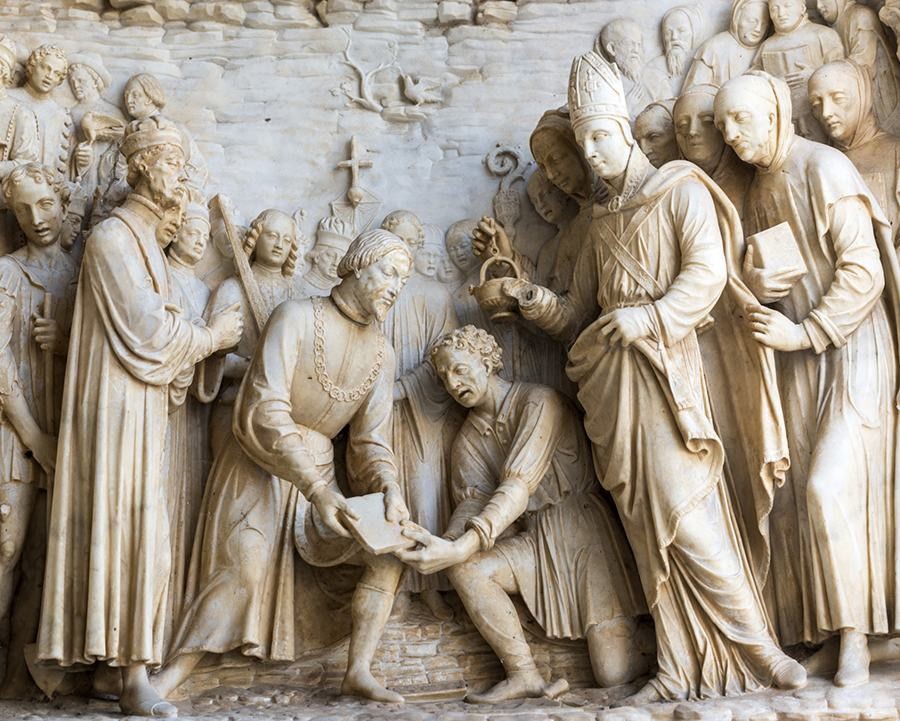
Relief sculpture is a form of sculpture that presents images or patterns on a flat or three-dimensional background. It can use various materials, such as stone, wood, metal, clay, and ceramics. In the production process, the artist first cuts or carves the outline of the image on the background, and then carves out the details of the image to make it stand out on the background.
Traditional relief sculpture requires superb carving techniques and meticulous carving to showcase three-dimensional and dynamic effects. With the progress of science and technology, modern artists can also create more complex relief works with the help of Computer-aided design and numerical control carving technology.
Types of Relief Sculpture
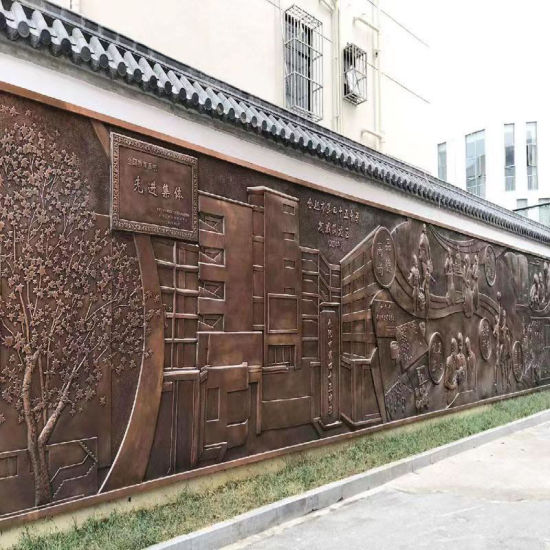
Itcan be divided into two types: high relief and shallow relief.
High relief: High relief refers to an image that almost completely protrudes from the background. With a strong sense of three-dimensional and depth effects. This relief is used in interior decoration or religious architecture to attract people attention and show the artist skills.
Light relief: Light relief refers to an image that only slightly protrudes from the background, presenting a soft effect. This type of relief is usually used for exterior wall decoration and monuments. It is making the patterns more naturally integrated into the surrounding environment.
The Application
Relief sculpture has a wide range of applications in the fields of art and architecture. In ancient times, relief sculptures were widely used in temples, tombs, and monuments to commemorate great leaders or important historical events. In modern times, it is still an important part of Public art and architecture.
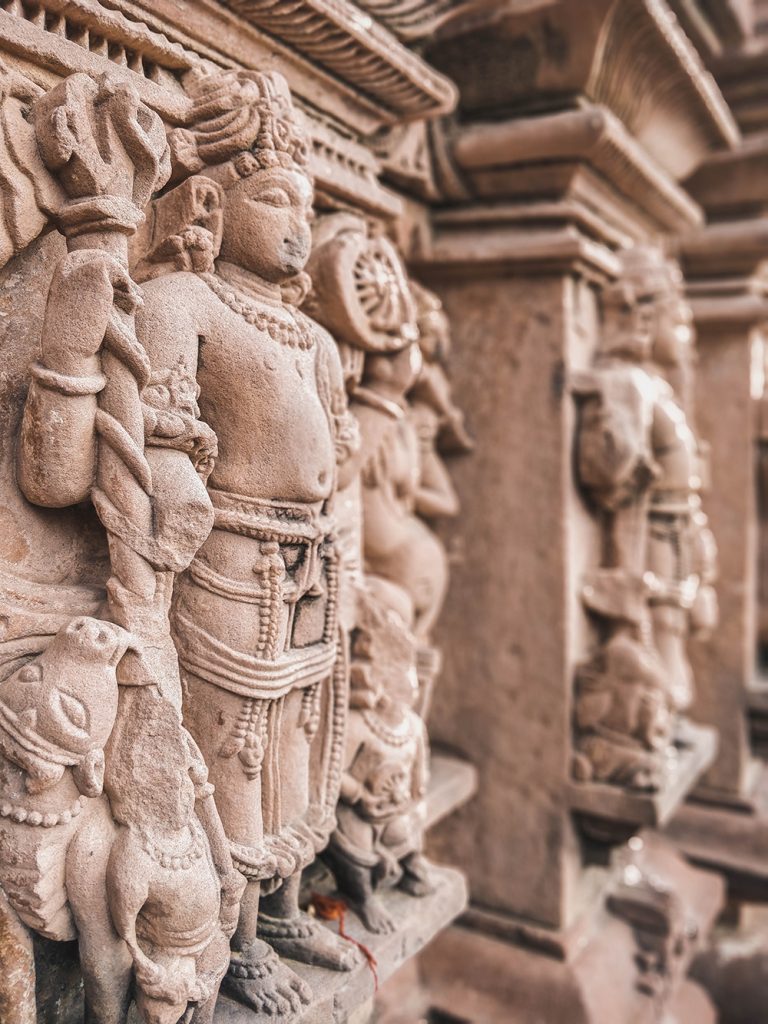
Architectural decoration: Exquisite relief sculptures can seen in many historical buildings, used to decorate porches, walls, and columns. These sculptures not only enhance the beauty of architecture, but also carry important historical and cultural information.
Monuments and statues: Many monuments and statues adorned with relief sculptures to depict the deeds of heroic figures and great historical events. These sculptures have become symbols of social memory, inspiring future generations to pursue a better future.
Artwork: It is also an important form of creation for many artists. Artists use relief technology to express their creative ideas and emotions in a more three-dimensional and vivid manner.
